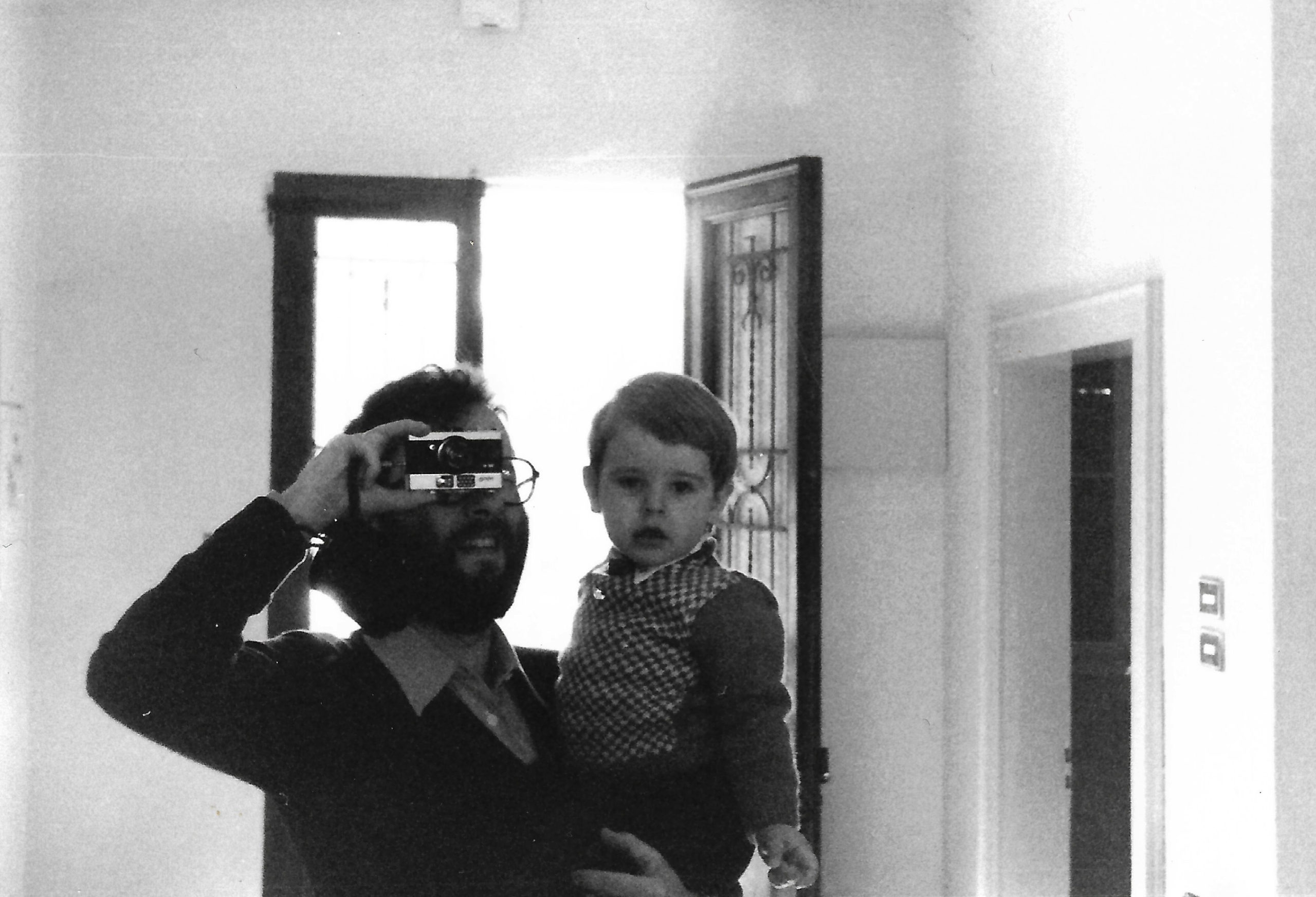The reopening of the Silk Road between China and Tajikistan has led to an economic rejuvenation in the poor isolated region. Crossing sections of the Pamir Mountains, Tajikistan’s picturesque backdrop conceals the true dangers the road possesses. In The New Plastic Road, filmmakers Myrto Papadopoulos and Angelos Tsaousis take viewers down the Silk Road to show how this trucking route has become the pathway to a better life for entrepreneurs like Davlat despite the perils.
Residing in Khidorjev, Tajikistan, Davlat is the embodiment of the progress and opportunities that the road possesses. Growing up in a poor household, he dreamed of being a truck driver. After graduating school, and working various jobs ranging from being a cattleman to spending a stint in the army, he took out a loan and bought a couple of trucks. Before he knew it, he had started a business, which provided his family with a comfortable life and afforded him the chance to set his sights on bigger ventures.
While some consider Davlat’s achievements and strong work ethic a testament to what can be achieved when the seed of capitalism is allowed to bloom in Tajikistan, the reality is that economic prosperity still hinges on walking across an already slippery tightrope. As Papadopoulos and Tsaousis’ documentary notes, the job opportunities in Khidorjev are slim and the conditions are harsh. The lack of financial security has led citizens like Davlat to rely on bank credit, which can keep the impoverished further in debt, in order to plant their feet on the ladder of upward mobility. It’s a ladder that is as wobbly and unpredictable as the Silk Road is itself.
As Davlat and others in The New Plastic Road note, the Silk Road has always been a treacherous path to travel. Regardless if one is conducting trade by horse, on foot or in a small car, attempting to get around is, a risky endeavour especially during the winter. Filled with long stretches of unpaved road, which makes securing traction when icy a challenge, difficult streams to cross, and dense fog hiding the steep narrow curves in the mountains, the accident inducing road can wear down both the vehicles and their drivers.
One of the intriguing aspects of The New Plastic Road is the impact that the road has on Davlat and his family. While the capitalist mindset has opened several avenues to provide for his family, the trucking is presented in the documentary as a lonely venture. Aside from brief interactions with individuals at the various truck stops, which are filled with beleaguered looking men trying to get to their various destinations, Davlat is often shown navigating these spaces on his own. Even his wife expresses the difficulty of his constant absence and the strain it placed on their marriage.
Papadopoulos and Tsaousis show Davlat’s need to be out on the road is both driven by his work ethic and his desire to explore the world. When forced to be at home in the latter sections of the film, after an accident, one can see the inner conflict within him. Davlat clearly loves his wife and kids deeply—the first ten minutes of the documentary are solely devoted to his tender interactions with his kids—but, by the end of the film, he is also a man looking for the next business venture. As the world gets bigger so too does the opportunities that the road provides.
The New Plastic Road offers an intimate and fascinating look at the both the benefits and personal cost that comes with globalization.












